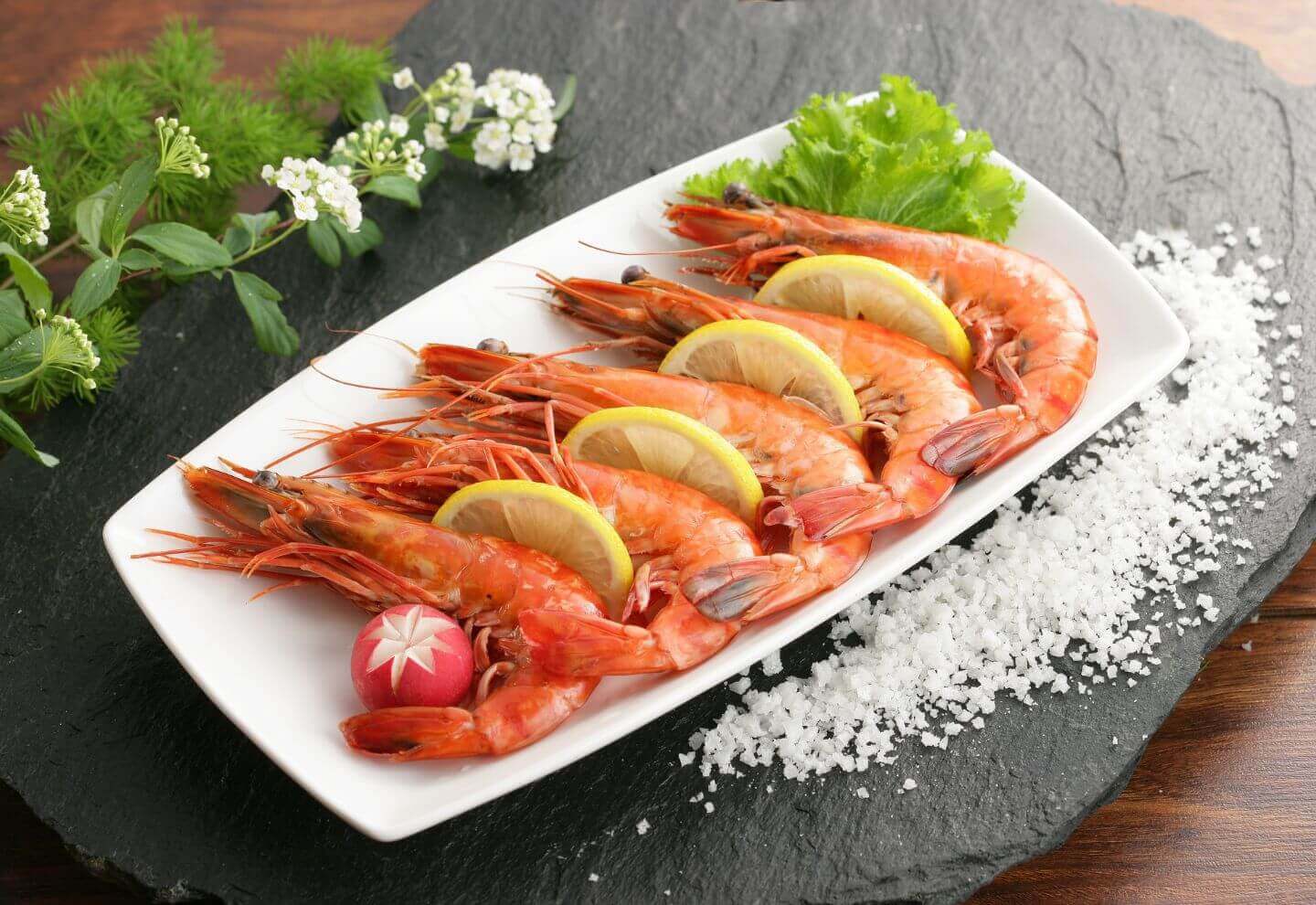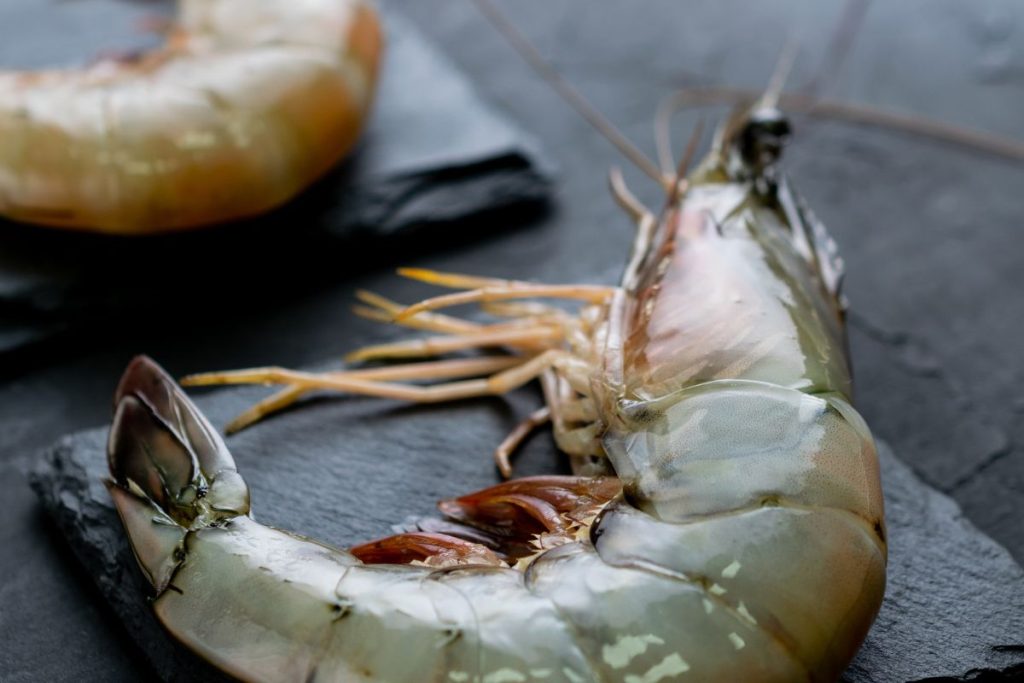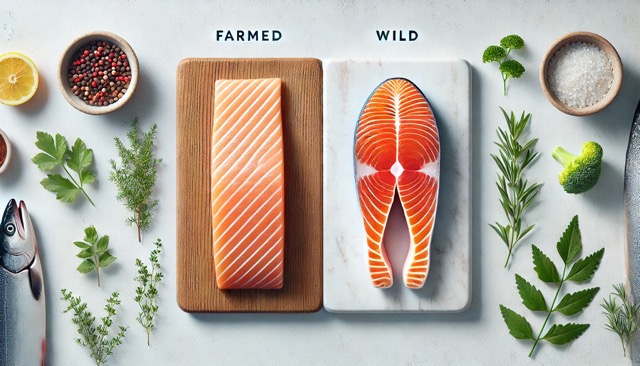Today’s consumers are more demanding with the quality and freshness of fish and shellfish for their consumption. In addition, offering quality seafood becomes an even greater requirement as sustainable sourcing practices are also required by brands.
In this market environment, retailers and brands are subject to the efficient maintenance of their supply chains and quality standards. A compliance that is also regulatory since it makes it possible to guarantee that the seafood products on offer are kept safe from the factory to the shelves. Essential as it is a highly perishable seafood that if consumed in poor condition could compromise the health of its consumers.
Quality seafood: An attractive visual aspect
An indication of the quality of seafood is its visual appearance. The specimens must be preserved intact and completely, with all their legs. The shells must retain their softness to the touch, and their moisture and not have breaks.
The weight of the shellfish is also essential, even above the size. Having a higher weight in relation to its volume is an indication that the shellfish contain abundant meat.
As well as the product itself, the containers must also preserve their integrity, without wear, tear, or traces of frost inside. Whether it is fresh or frozen shellfish, a label must also be included with detailed information on the characteristics of the product, date, area of capture, origin, name of the species, and whether it has been previously frozen.
Quality of origin: Traceability for quality seasonal seafood
The traceability of seafood from the sea to the plate offers greater food safety and quality. The origin of the shellfish allows us to know if the shellfish is in season and fresh or if they have been obtained out of season and therefore have inferior gastronomic qualities as they have not reached their full development.
It is pertinent to note that shellfish is a seasonal product with closed seasons in order to protect this resource from overconsumption and overfishing. Said closures are adjusted according to the biological cycle of other species, which is why it is a more sustainable practice.
Quality certificates: Ensuring level of competitiveness
There are currently thousands of quality certificates in the world, from those with a local or regional character to others of international recognition.
Quality certificates make it possible to guarantee the quality and safety of the product, identifying critical control points that contribute to the development of safety measures for the proper processing of the food. Thus helping to generate a higher level of satisfaction and trust among its consumers.
Obtaining a quality certificate requires different factors.
- Have excellent handling of the product.
- Ensure cleanliness, hygiene and disinfection.
- Follow good waste and product management.
- Have a formidable company policy and structure.
At Krustagroup we have the following quality certificates:
IFS (International Featured Standards Logistics)
Since 2007 we have the IFS Logistics certificate. An international certificate offered to frozen (and thawed) service providers who make use of high transport and storage standards.
ASC (Aquaculture Stewardship Council)
It is an independent, international, non-profit organization. It offers a certification program to those producers who make responsible use of water, raise issues related to biodiversity and make use of new technologies to enhance the quality of food.
MSC seal
The Marine Stewardship Council (MSC) seal, or also known as the MSC blue seal, is awarded to all wild-caught fish or shellfish that comes from sustainable fisheries and after having followed good practices based on a set of standards for quality management, safety and environmental management.
If you want to distribute quality seafood, contact Krustagroup. Your global seafood partner.





